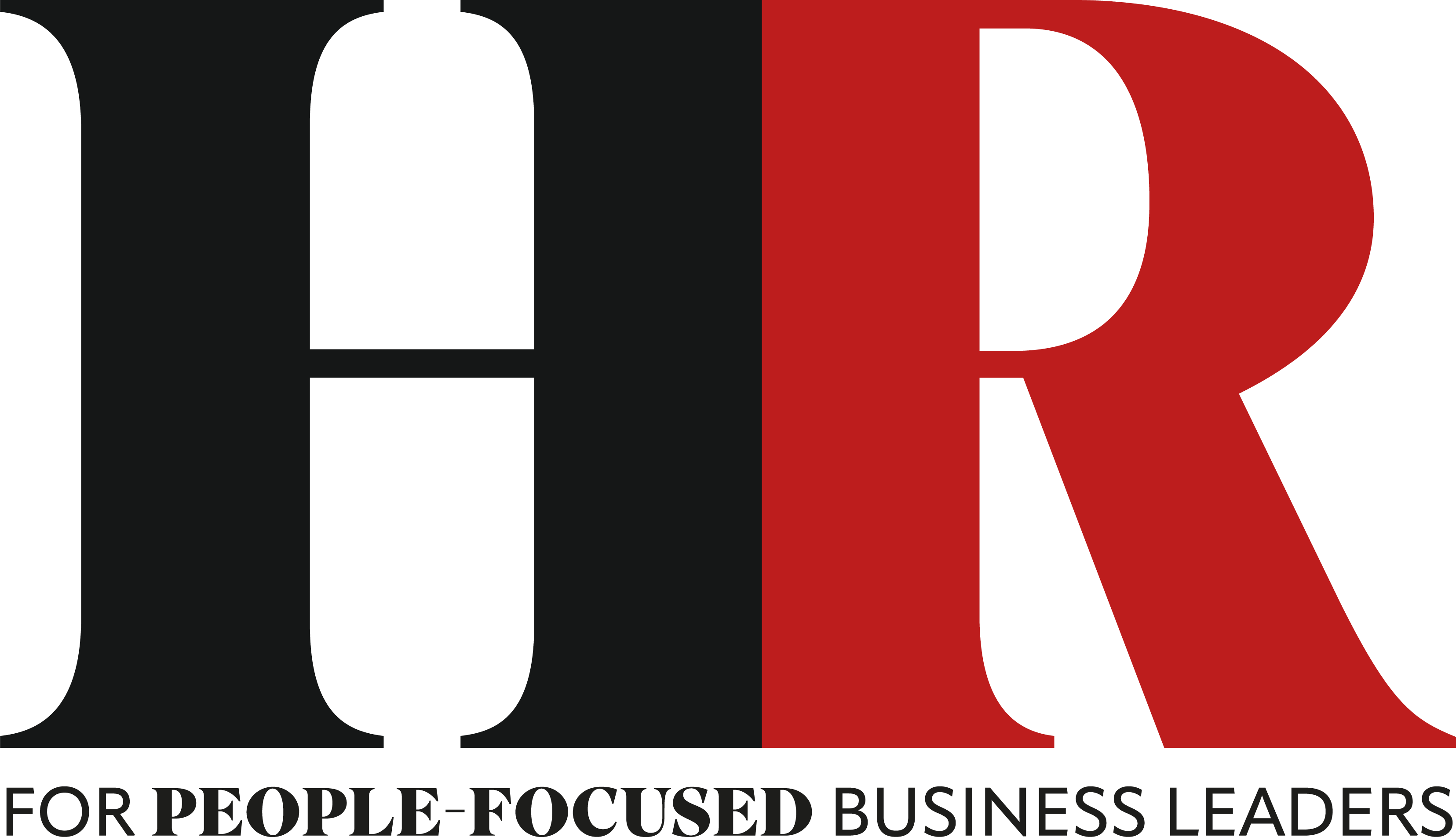Activating the Head, Hands and Heart of Engagement
)
Ever been in a meeting where the phrase comes up: …“We need to increase engagement”… or… “There’s an issue with the culture"… and everyone agrees….
But…
…It’s not totally clear how you’re going to address it!
I think we’ve all been there! And while engagement and culture are hot buzz words, I’m pretty sure I’m not the only one who sometimes scratches their head when they hear these words and wonders what they actually mean.
Some will say that engagement is a part of culture. Others will say culture is a part of engagement. And others again might say that actually employee experience, or another concept, is more important than them both. It can be a bit of a game of stacking dolls (Russian dolls) and which concept contains which.
But I think we can chill: I actually think that the debate is good, and I’m not here to try to draw separating lines between these concepts. Sometimes deliberating definitions is more important than the definition itself. And I’m also aware that more often than not, we all “kinda get” what people mean when these words are used, and so we don’t need to be pedantic about what is what.
However, when it comes to actually doing the work of engagement, we need more to go on than a “you know it when you see it” diagnosis. Therefore in this article I hope to provide a bit more clarity around what engagement is, how it happens, and how to use it to unclog engagement blockages.
A very simple definition of engagement
Let’s begin by defining where we are.
There are many excellent and comprehensive definitions of engagement across different domains, such as employee engagement, customer engagement and stakeholder engagement. But if we boil them all down we find that in its most basic sense, engagement can be defined quite simply:
Engagement is togetherness.
It’s where “you” and “me” becomes a “we”.
And it’s worth noting that the reason why engagement is desirable to organisations is because we are “better together”, as opposed to when we work for separate purposes and are not united. And thus, that’s why research shows that organisations that get engagement work, do better. Cue not only Gallup’s famous work on employee engagement, but also their work on the employee-customer interface called “HumanSigma”: organisations that optimise for engagement outperform others from 1.5x up to 5.2x.
Three subtypes of engagement
Now of course, while togetherness is a snappy definition at a universal level, we need to pad this out a bit more.
Not all engagement is equal. Our words tell us that much by the way we use the word in a range of contexts both in work and in life. However, all engagement can be conceptualised into three subtypes:
- Head Engagement, aka, what people know.
This is about what we communicate. Any email, a vision statement, a brand, a poster on the cafeteria wall – it’s all about being “together in the head”, which is a clumsy way of saying that we both understand the same thing and are aligned.
When someone views engagement as the act of communicating, or how well-understood your communication is, they mean this subtype of engagement. Technically we can call this cognitive engagement.
- Hands Engagement, aka, what people do.
This is about the actions people take. So being in a meeting, using your tools to do the job, responding to an organisational initiative, downloading an app, getting involved in wellbeing activities – it’s all about being “together in hands”, as in, we are doing things and performing behaviours that are aligned.
When someone is talking about engagement as people taking action or participating, as opposed to just hearing, they mean this subtype of engagement. Technically we can call this behavioural engagement.
- Heart Engagement, aka, what people become.
This is about the transformation that happens in people as a result of the actions they took, and how those changes are part of their life. So it’s about the pay people receive, the promotions they seek, their sense of belonging and value in their team, the track record the team has built up - it’s all about being “together in heart”, where we share a mutually beneficial relationship.
When someone sees engagement as the quality of the relationship over a medium or longer period of time, they mean this subtype. Technically we can call this affective engagement.
Academic work supports this universal, domain-independent classification (de Verde et al, 2019), which is useful because there are important differences. As you can imagine, getting “engagement” with a post on our internal comms platform is likely different to someone “engaging” with the company's key behaviours, or someone still being “engaged” in their role after many years of service.
Once we can specify differences, we then get into something really cool:
Diagnosing engagement blockages
Understanding engagement in these three subtypes grants us something of a super power, because it enables us to diagnose where engagement blockages are taking place.
Much like unclogging a drain that’s full of last night’s spaghetti, or figuring out what to do about an elevated temperature, we can go step by step through the three subtypes to identify where we need to target our intervention:
Problem 1: People don’t seem to understand what you are communicating to them
Symptom: When you ask people about what you’re saying, they don’t know, or seem to be unclear about it. You don’t tend to hear people talking about it to others.
Diagnosis: It’s a Head Engagement issue, as people don’t “know” what they need to know.
Solution: Clear communication. You need to communicate your message so clearly that people can’t misunderstand it, and they can’t miss it.
Recommended application: Make your communication so clear that even a dog can understand it. Remove all complicated language. Ideally use an analog or metaphor that makes it very quick to grasp. Then repeat it very, very regularly – so regularly that you feel you’re probably saying it too much.
Problem 2: People don’t seem to be taking action
Symptom: You notice that despite people knowing what actions to take, they aren’t doing them. You’ve ensured that people DO understand, and that it’s relevant to then, so it’s not an understanding or relevance issue.
Diagnosis: It’s a Hands Engagement issue, as people don’t “do” what they need to do.
Solution: Joyful action. You need to make it joyful for people to take action, by making it both stimulating (or at least, not stressful), and also social (as opposed to being done solo).
Recommended application: Find ways to make the action social. Rather than people doing it by themselves, can they do it with others? Or is there a time and place when everyone will do it together? Also, how can you make the action simulating? Is there some form of stress that you can remove (like difficult technology or webpages), or can you add an element that makes it more sensational, such as music?
Problem 3: People don’t seem to have ownership
Symptom: People take action, but they aren’t going further to have ownership of the organisation’s aims, and so there isn’t as much initiative taking, responsibility taking, and inclusion making.
Diagnosis: It’s a Heart Engagement issue, as people don’t “become” what you are hoping they will become as “organisational citizens”
Solution: Useful transformation. When people DO take initiative, responsibility, or seek to include others and build belonging, acknowledge it and embrace it, as opposed to ignoring or rejecting it. Make it useful, as opposed to useless.
Recommended application: Don’t shut down contributions and proactive behaviour. Create a roadmap of plans for how you wish to develop, so that people know their contributions have been recorded at the very least. Actively praise positive behaviours where people take initiative. Grant increasing responsibility within increasing boundaries, step by step.
Apply through the managers
Finally, I always like to point out that the best way to engage a workforce is through the managers.
Engaging managers is one of the four enablers of engagement from the famous Engage for Success movement. But why? Well, Gallup have attributed that up to 70% of variance in employee engagement is determined by the manager of the employee in question, and yet managers are only 15-20% of an organisation. So it makes sense that by targeting a portion of the organisation, you can effectively engage the rest of the workforce.
This isn’t about preferring managers or ignoring non-managers. Rather, it’s about helping managers with how they engage their teams (something most managers never get help with!), which they will likely do far better than you could do from a central position.
My recommendation is that every manager should have an hour every other week in a small coaching group of 4-6 people where they are supported on how they are engaging their team.
And as it happens, by coaching managers in such a matter, you engage those managers far more effectively because you are making the communication clear, creating joyful action, and providing useful transformation!
This is the biggest leverage that one can undertake in engagement, and yet it’s very underutilised.
Wrapping it up
So there we have it. If you weren’t already, you’re now equipped with the knowledge of the three subtypes of engagement. You can use this to diagnose and unblock where engagement has got stuck, and you’ve got a few recommendations to do that with. Finally, you might be thinking as well about how you engage those managers, and begin leveraging some powerful interventions.
I wish you the best of luck with it!
About the author
Scott Gould is an author, speaker, and consultant on the subject of engagement. He examines the concept of engagement at a universal level, exploring how people engage with ideas, things, and each other. As a consultant, Scott works with a diverse range of organisations on how they engage their employees, customers, and communities, with clients including the United Nations, Radiometer, Aegon PLC, and European Patents Office. He is a lecturer on the executive education programme at Stockholm School of Economics in Riga.
Links
De Vreede, T., Andel, S., de Vreede, G., Spector, P., Singh, V., Padmanabhan, B (2019). What is Engagement and How Do We Measure It? Toward a Domain Independent Definition and Scale. Proceedings of the 52nd Hawaii International Conference on System Sciences: 749 - 758. https://scholarworks.indianapolis.iu.edu/server/api/core/bitstreams/b154615f-38df-481b-963b-9ee9f0c7ab7a/content
Engage for Success (2014). The Four Enablers. https://engageforsuccess.org/the-four-enablers/
Gallup (2024). State of the Global Workplace. https://www.gallup.com/workplace/349484/state-of-the-global-workplace.aspx
Gallup (2004). HumanSigma: A Meta-Analysis. https://www.gallup.com/workplace/236945/humansigma-meta-analysis.aspx
Gallup (2015). Managers Account for 70% of Variance in Employee Engagement. https://news.gallup.com/businessjournal/182792/managers-account-variance-employee-engagement.aspx










